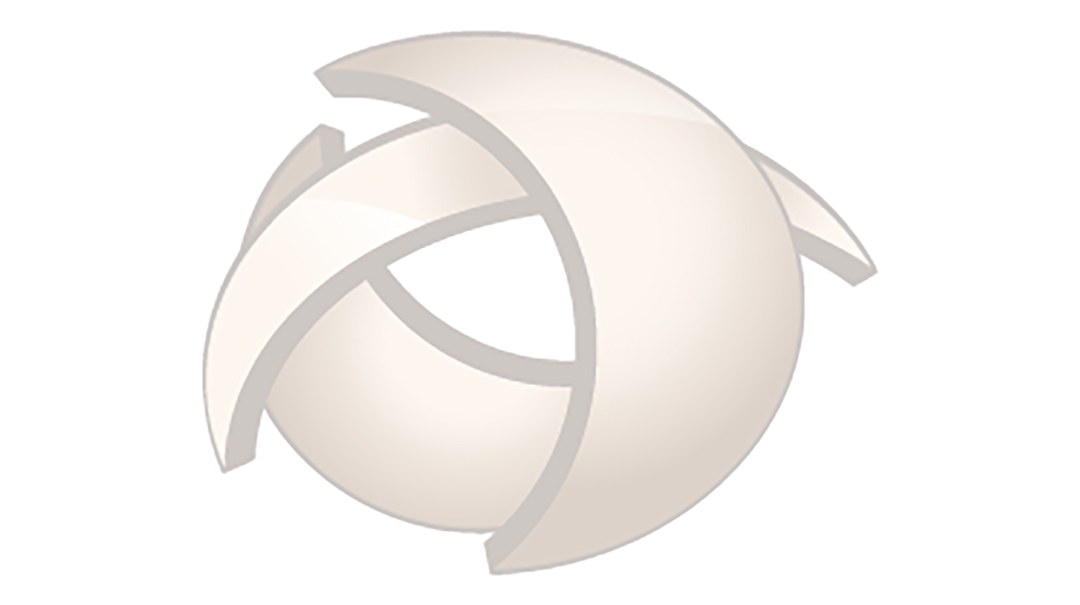Bladder Retraining

Overactive bladder (OAB) is a chronic condition affecting approximately 50 million American adults, with a higher incidence in women than men. It is typically characterized by frequent and sudden urges to urinate, even if the bladder is not full. The condition can affect a patient’s sleep quality and daily functioning. OAB is NOT normal for healthy adults.
The most common symptoms of OAB are:
- Frequent urination – defined as urinating so often that it disrupts your daily life – typically 8 or more times a day
- Incontinence– partial or full loss of control of the bladder that results in leaks
- Nocturia – also known as nighttime urination, or getting up to urinate more than once per night
- Urgency – random strong desire to urinate, causing you to rush to the bathroom
How do we treat OAB?
Bladder training is a type of pelvic floor physical therapy aimed at helping a patient regain control of their bladder. It consists of retraining the patient’s bladder to hold urine for longer and longer periods of time. This allows your bladder to fill more fully and gives you more control over the urge to urinate.
How does it work?
Our physical therapists will have you keep a bladder diary to learn your bladder patterns. Keeping track of your bathroom habits may seem a little strange at first, but it is a great way for you to see trends over time and learn what types of foods and drinks trigger your incontinence, how many times you urinate, the flow of urination, was there any leakage, and did you feel an urge before voiding. Our therapists then develop a treatment plan customized to you and your symptoms that includes some of the following techniques:
- Pelvic Floor Exercises: Kegels and other pelvic exercises are designed to strengthen the muscles that control the start and stoppage of urinating. Kegels are a complex exercise that warrants training in the proper technique to improve success in delaying urination.
- Delaying urination: This is the practice of holding urine for a certain amount of time once the urge to urinate sets in. For example, a patient might start by holding it for 5 minutes, then gradually increase the time by 10 or so minutes until you can go two, three, or even four hours without urinating.
- Schedule restroom visits: This technique works by first using a bladder diary to determine how often you’re currently visiting the restroom to urinate. Start by delaying the trip by 15 or so minutes, then gradually increase the delay time in a similar fashion to the delayed urination technique.
- Diet Changes: If you’re keeping a bladder diary, you’re likely tracking what you drink or eat throughout the day to determine potential triggers for your OAB symptoms. This can help you figure out what to reduce or eliminate from your diet.
General Tips For Managing OAB Naturally
The following are general best practices for managing OAB symptoms without medication or advanced therapies:
- Always urinate right before bed and right upon waking up.
- Maintain good sleep hygiene to encourage uninterrupted sleep, regular bedtimes, and regular wake-up times.
- Avoid or quit smoking, as cigarette smoking can exacerbate OAB.
- Drink the right amount of water, a good place to start is 64 ounces – half your body weight in water.
We have pelvic floor physical therapists trained in treating OAB and are ready to help you gain control and get you feeling confident again!
https://nafc.org/bhealth-blog/how-to-manage-an-overactive-bladder/



